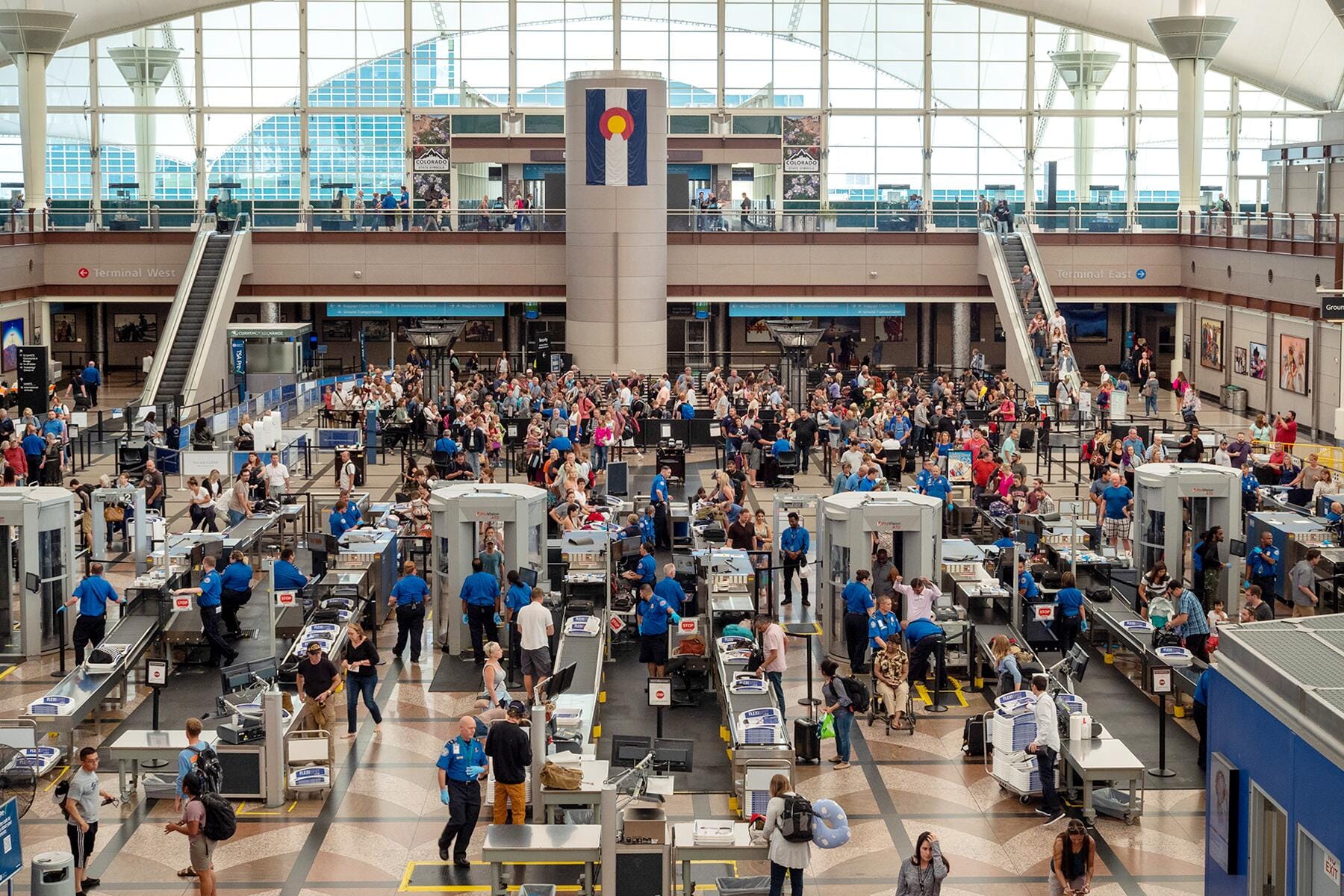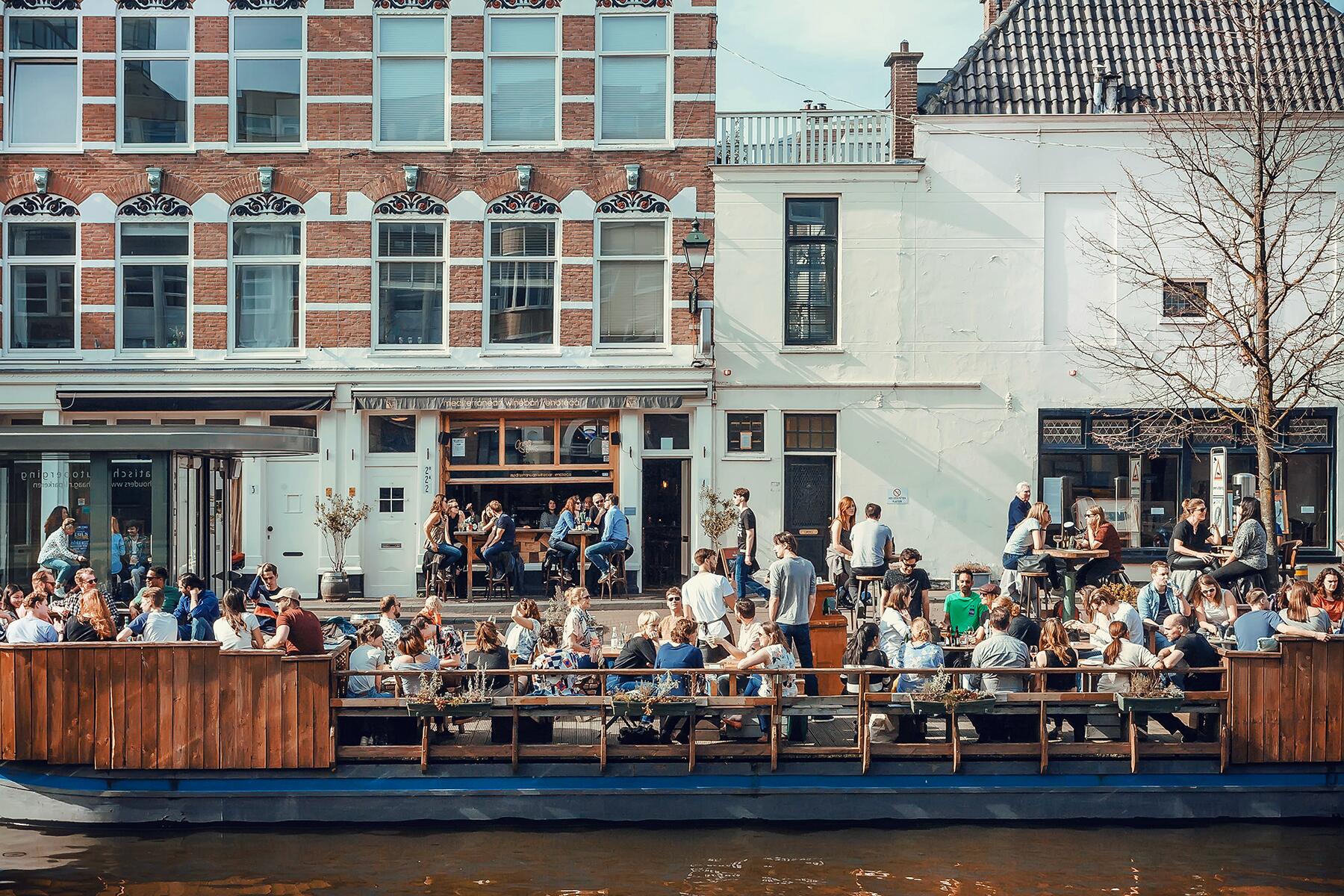Are your eating habits climate-friendly?
According to studies, food production is responsible for one-third of global greenhouse gas emissions. Some foods are water-intensive to grow, some emit more greenhouse gases, and some use more land to be produced. Raising animals and eating meat has far more impact on emissions than growing and consuming vegetables.
Are you more conscious of the brands you use, the car you drive, and the way you travel? Take this one step further and try to understand how certain things in your pantry and fridge may be increasing your footprint. You don’t have to go cold turkey on meat and dairy overnight, but reduce your consumption of high emitters and opt for local, seasonal produce as much as possible.
Eat Low Carbon has scored dishes on how carbon-intensive they are and there’s also a quiz to help you compare the footprint of dishes.
Top Picks for You
Whats the context? According to UNESCO, it takes about 1000 liters to grow a pound of soybeans. So 3 times as bad as avocados?





how about pre-prepared food that comes delivered to your home - all items separately pre-packaged, pre-measured, pre-washed and "ready to cook yourself"...
Has anybody thought about all this extra packaging, paper and plastic, and the sometimes daily delivery arriving in an SUV probably...?